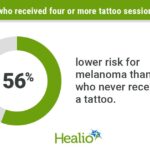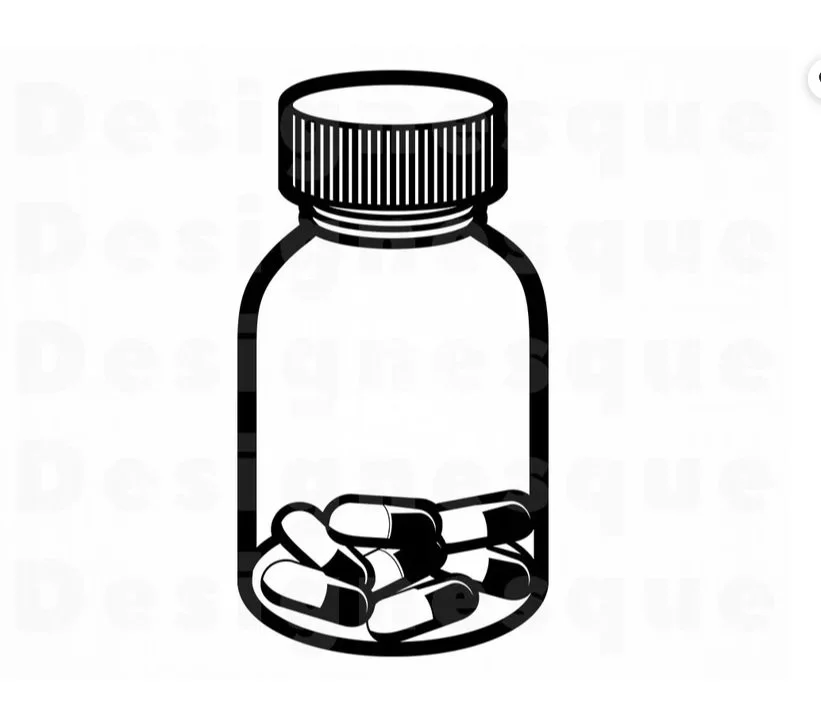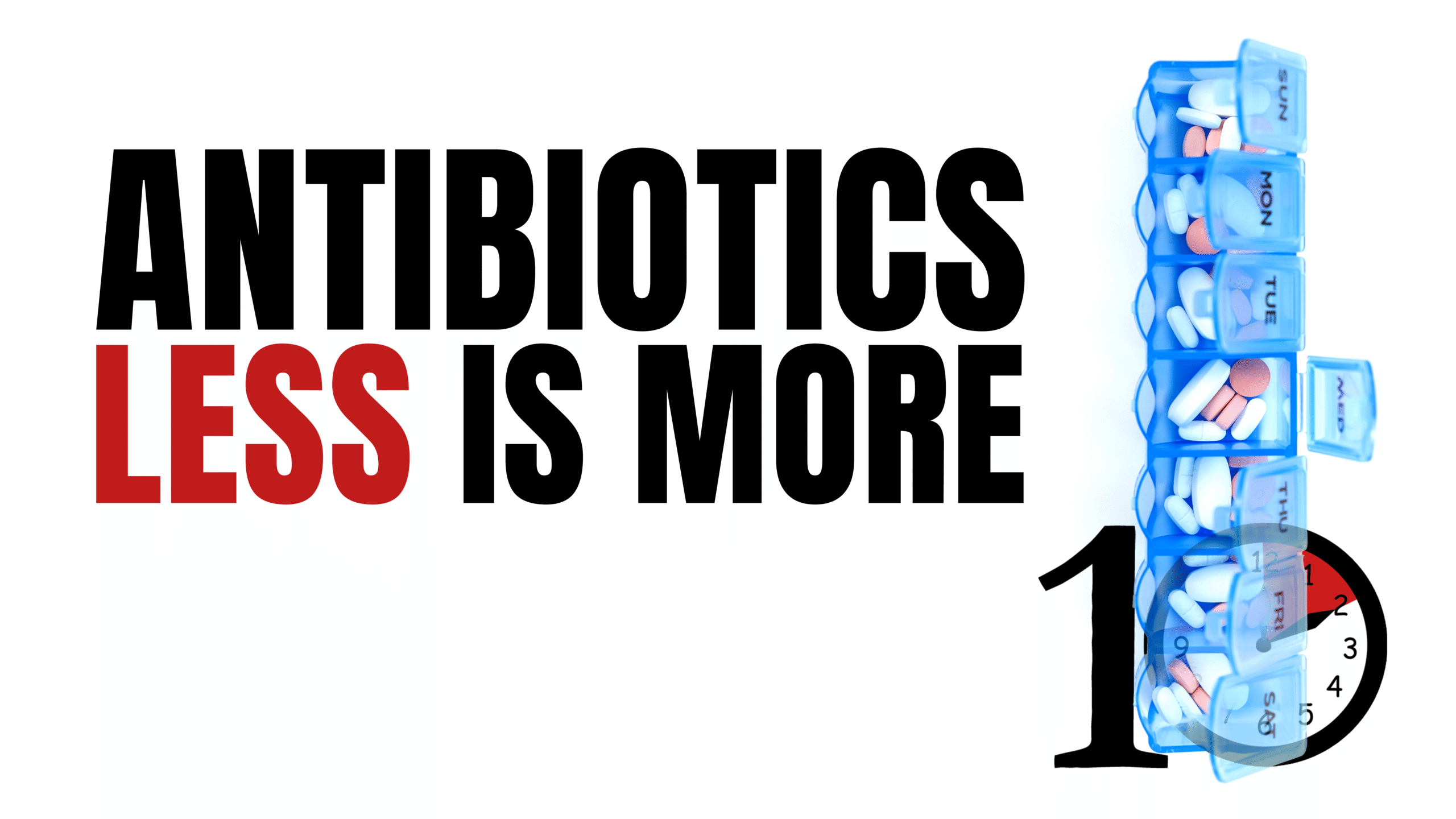
1. D’Onofrio, et al. Emergency Department-Initiated Buprenorphine/Naloxone Treatment for Opioid Dependence: A Randomized Clinical Trial. JAMA. 2015; 313(16):1636-1644.[Pdf]
2. Rosenberg, et al. Barriers and facilitators associated with establishment of emergency department-initiated buprenorphine for opioid use disorder in rural Maine. The Journal of Rural Health. 2021; 1-8. [Pubmed]
3. Herring, et al. High-Dose Buprenorphine Indication in the Emergency Department for Treatment of Opioid Use Disorder. JAMA Network Open. 2021; 4(7): e2117128.[Full text]
4. Hawk, et al. Consensus Recommendations on the Treatment of Opioid Use Disorder in the Emergency Department. Annals of Emergency Medicine. 2021; 78(3): 434-442.[Pdf]
D’ONOFRIO ET AL
In this important study, D’Onofrio and colleagues randomized 329 opioid-dependent ED patients to one of three groups:
-
Screening and referral to treatment (referral, n = 104)
-
Screening, brief intervention, and facilitated referral to community-based treatment services (brief intervention, n = 111)
-
Screening, brief intervention, ED-initiated treatment with buprenorphine/naloxone, and referral to primary care for 10-week follow-up (buprenorphine, n = 114).
The primary outcome was enrollment in and receiving addiction treatment at 30-days post-randomization. Additional outcomes included self-reported days of illicit opioid use, urine testing for illicit opioids, HIV risk, and use of addiction treatment services. 329 participants were enrolled at an urban teaching hospital over a period of four years.
78% of participants in the buprenorphine group (89/114, 95% CI: 70-85%), 37% of participants in the referral group (38/102, 95% CI: 28-47%), and 45% of participants in the brief intervention group (50/111, 95% CI: 36-54%) were engaged in addiction treatment at 30 days (p < 0.001). In addition, those in the buprenorphine group demonstrated decreased rates of inpatient addition treatment utilization and self-reported days of illicit opioid use (see Table 2). Urine samples testing positive for opioids and HIV risk did not differ significantly amongst the groups.










